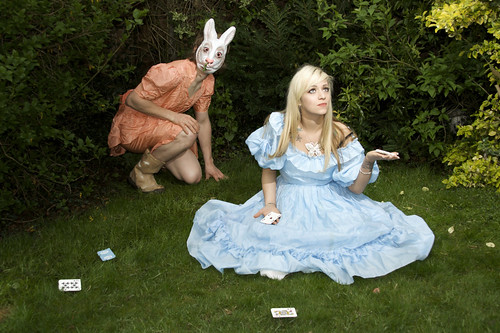 I don’t like preparing for trips. The travel itself isn’t bad, but getting ready is a hassle: the packing, arranging a dog sitter, coordinating schedules, planning destination events, tolls, parking, food, paying for gas. All these things are outside my comfort zone.
I don’t like preparing for trips. The travel itself isn’t bad, but getting ready is a hassle: the packing, arranging a dog sitter, coordinating schedules, planning destination events, tolls, parking, food, paying for gas. All these things are outside my comfort zone.
Still, despite my reluctance to leave, there’s something uniquely stimulating about the experience of travel. I always come back with ideas.
They might be ideas about gardening, or landscaping, or a class I’m teaching, or a different way to relate to a colleague, or even a more efficient way to organize my garage or basement. The list of ideas I’ve had after a period of travel is almost as endless as it is diverse. But why does that happen? What is it about travel that opens up these new ways of thinking?
According to Scott Kaufman, a cognitive psychologist and founder of The Creativity Post, travel is a “creativity trigger.” The most powerful triggers involve experiences of unusual or unexpected events. This makes sense. When the Wondras hit the road, we never quite know what to expect—especially when we take the in-laws. But that’s a whole different post—maybe for Dear Abby or something like that.
Anyway, a recent paper in the Journal of Experimental Psychology describes how any life experience can increase flexibility and creativity, as long as it, as Kaufman says, “. . . diversifies your experiences and pushes you outside your normal thought patterns.”
In the paper, scientists describe a series of experiments in which a group of participants took a virtual tour through a university cafeteria, a pretty straightforward experience until they got to the weird stuff—stuff prohibited by the laws of physics. For example, in one part of the tour, a suitcase on a table got smaller as you approached it and bigger as you moved away. In another part, participants felt like they were walking faster than they actually were. Alice in Wonderland type stuff.
After the tour, in as many different ways as they could, participants were asked to answer the question, “What makes sound?” Those who came up with a wider variety of answers were said to be more “cognitively flexible.”
Participants that experienced the weird tour scored higher on the test of cognitive flexibility than those that took the tour version that followed the normal laws of physics. Subjects that took the weird tour also scored higher than those that simply viewed a video of the weird cafeteria.
Apparently, in the Netherlands, where this study was conducted, an open-faced sandwich made with butter and chocolate chips is standard breakfast fare. So this next experiment wasn’t as strange (for them) as we westerners might think. Personally, if I were running the study, I’d have asked them to prepare it lightly toasted with a healthy spread of peanut butter. But since nobody asked me I’ll just stick to the facts.
Again, scientists separated people into two groups. One group was asked to prepare the sandwich in an unusual way: by spreading the chocolate chips onto a plate, buttering the bread, and then putting the bread upside down on the plate to pick up the chips. The control group was asked to make the sandwich in the usual way. Again, when tested, those using the odd sandwich making procedure scored higher.
According to Kaufman, actively experiencing, “a violation of how things are supposed to happen,” triggers a more creative mindset by re-shuffling our brains.
So, next time you find yourself stuck on a particularly knotty problem, try stepping out of a comfort zone. You don’t (necessarily) have to invite the in-laws on a cross-country trip. Just mix things up a bit. Change a routine, take a different route to work, smile at strangers or try something new for lunch–maybe something with peanut butter and chocolate.
Image Credit: Maisie Gliddon via Compfight

